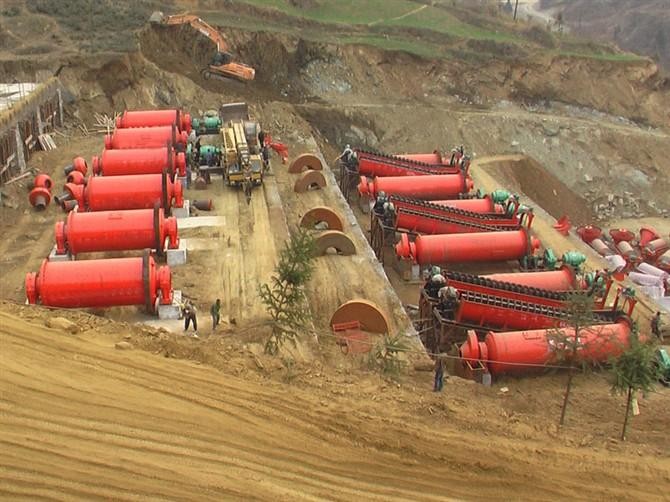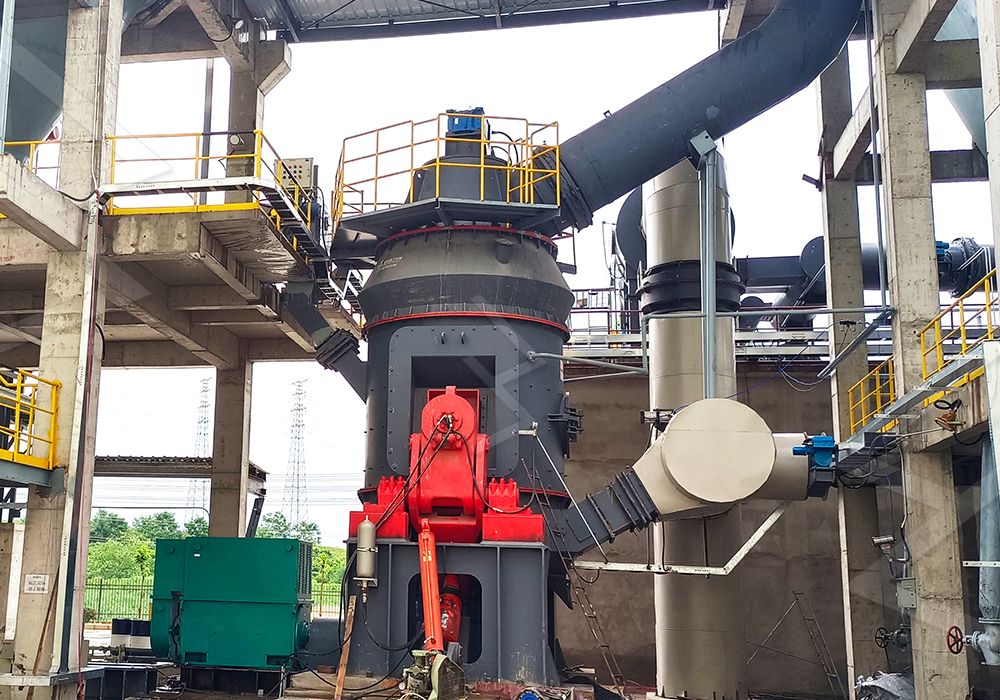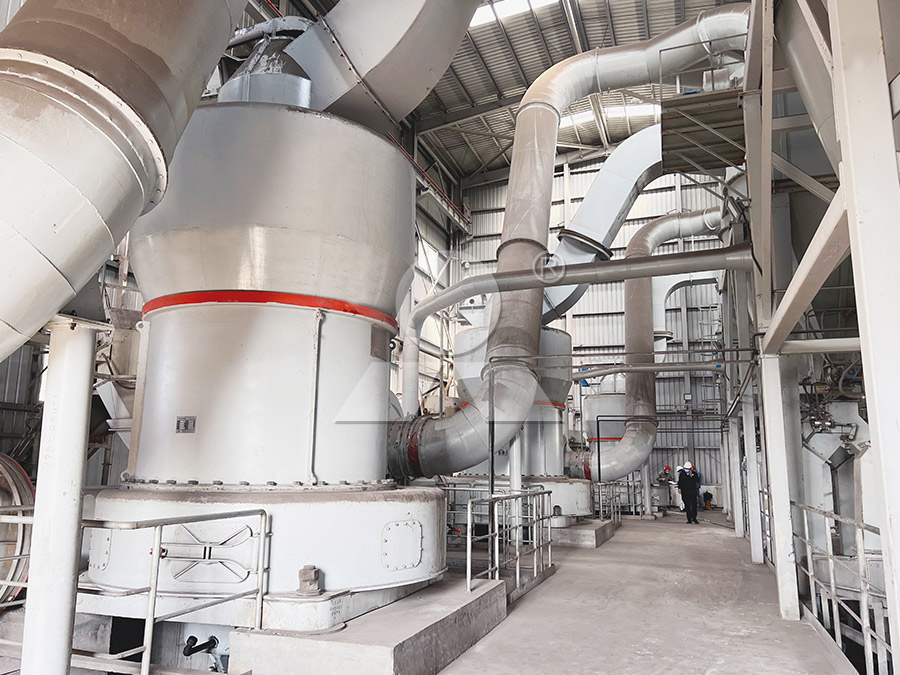Key Principles in the Design and Construction of Efficient Ball Mills for Industrial Grinding
Introduction
Efficient ball mills are critical for industrial grinding operations, ensuring optimal particle size reduction while minimizing energy consumption. This article explores the fundamental design principles and highlights advanced solutions like our MW Ultrafine Grinding Mill, which integrates cutting-edge technology for superior performance.

1. Optimized Grinding Chamber Geometry
The shape and lining of grinding chambers significantly impact efficiency. Curved profiles (e.g., our MW Mill’s patented grinding curves) enhance material flow and reduce energy waste by 30-40% compared to traditional designs. Key features include:
- Precision-engineered roller/ring contact surfaces
- Minimized dead zones for uniform particle distribution
- Wear-resistant alloy linings with 2.5x lifespan
2. Advanced Material Handling Systems
Our LUM Ultrafine Vertical Grinding Mill exemplifies innovation with:
- PLC-controlled multi-head powder separation (325-2500 mesh adjustability)
- Reversible grinding roller structure for simplified maintenance
- Dual-position limiting technology to prevent mechanical collisions

3. Energy-Efficient Drive Mechanisms
Modern mills employ:
- Bevel gear transmissions (40% quieter than chain drives)
- Variable frequency drives for adaptive speed control
- Hydraulic pressure systems maintaining optimal grinding force
4. Environmental Compliance Features
Our MW Mill series incorporates:
- Pulse dust collectors with 99.9% efficiency
- Integrated noise suppression chambers (≤75dB)
- Closed-loop systems preventing material loss

Conclusion
By combining these principles with our MW Ultrafine Grinding Mill (0.5-25 tph capacity) or LUM Vertical Mill (5-18 tph), industries achieve 40% higher yields at 30% lower energy costs. These solutions represent the future of sustainable, high-precision grinding technology.
